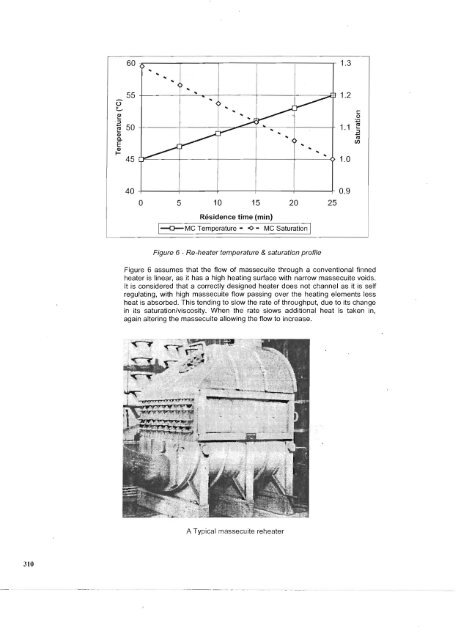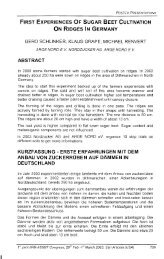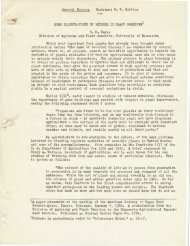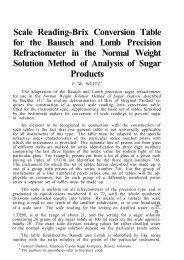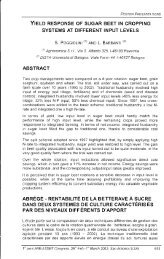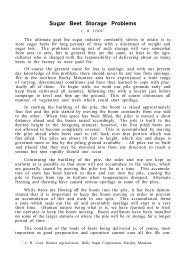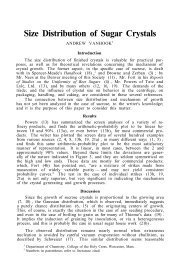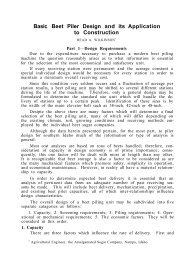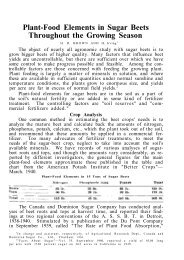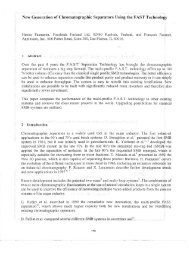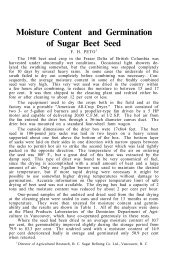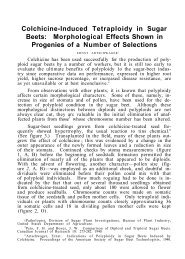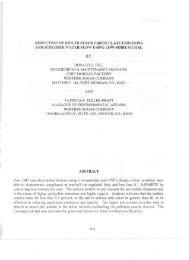Massecuite conditioning, how to improve low raw massecuite curing.
Massecuite conditioning, how to improve low raw massecuite curing.
Massecuite conditioning, how to improve low raw massecuite curing.
Create successful ePaper yourself
Turn your PDF publications into a flip-book with our unique Google optimized e-Paper software.
U<br />
60<br />
.. .. .. .. <br />
55<br />
.. <br />
1.3<br />
...<br />
:J<br />
~ ... 50<br />
1.1 ~ ...<br />
Q)<br />
.a<br />
~<br />
c<br />
Q) 0<br />
0<br />
E<br />
Q)<br />
I<br />
45<br />
1.2<br />
1.0<br />
ro<br />
CI)<br />
40 +------;-------r------~----_+------+ 0.9<br />
o 5 10 15 20 25<br />
Residence time (min)<br />
I~MC Temperature -<br />
- - MC Saturation I<br />
Figure 6 - Re-heater temperature & saturation profile<br />
Figure 6 assumes that the f<strong>low</strong> of <strong>massecuite</strong> through a conventional finned<br />
heater is linear, as it has a high heating surface with narrow <strong>massecuite</strong> voids.<br />
It is considered that a correctly designed heater does not channel as it is self<br />
regulating, with high <strong>massecuite</strong> f<strong>low</strong> passing over the heating elements less<br />
heat is absorbed. This tending <strong>to</strong> s<strong>low</strong> the rate of throughput, due <strong>to</strong> its change<br />
in its saturation/viscosity. When the rate s<strong>low</strong>s additional heat is taken in,<br />
again altering the <strong>massecuite</strong> al<strong>low</strong>ing the f<strong>low</strong> <strong>to</strong> increase.<br />
A Typical <strong>massecuite</strong> reheater<br />
310


